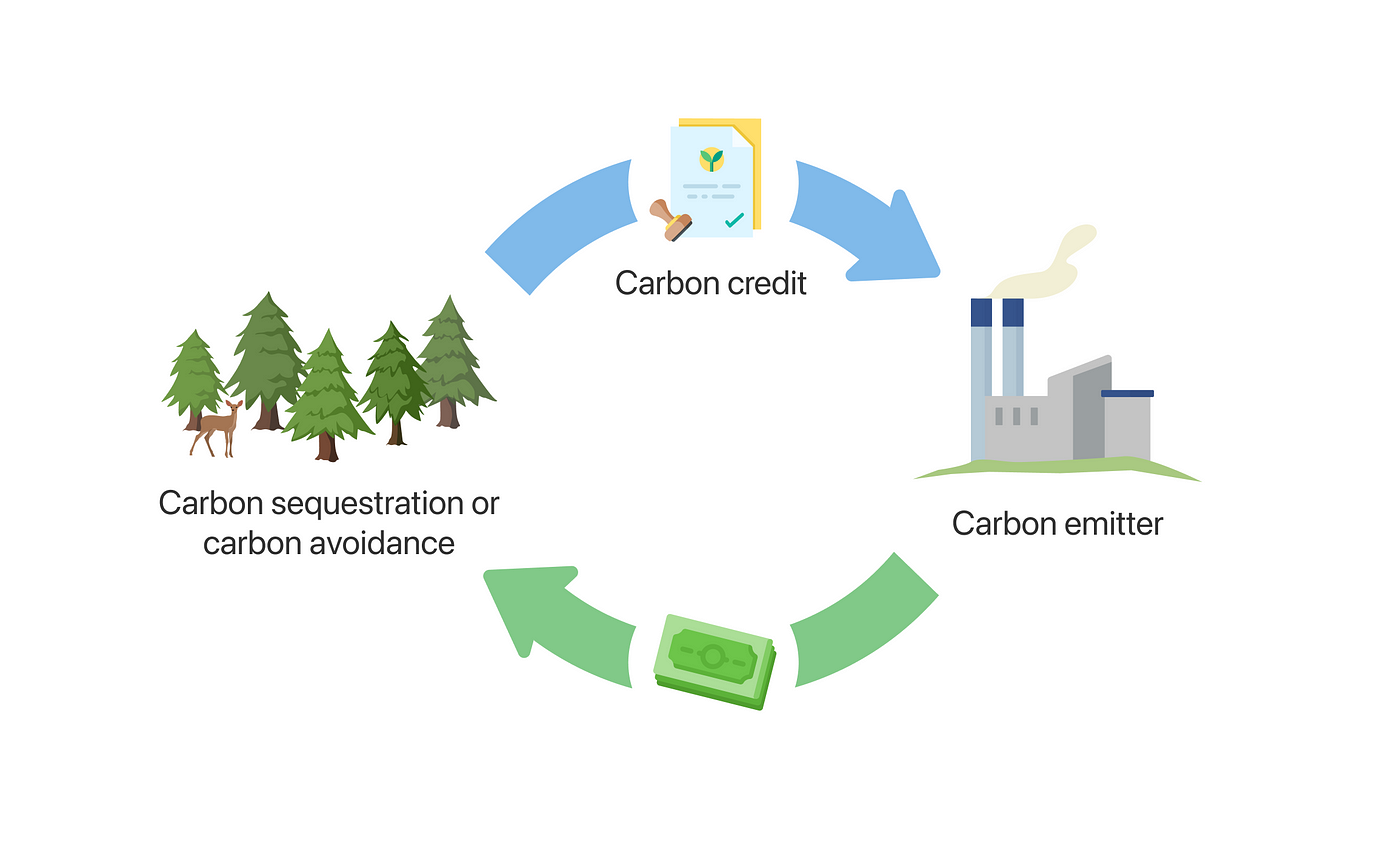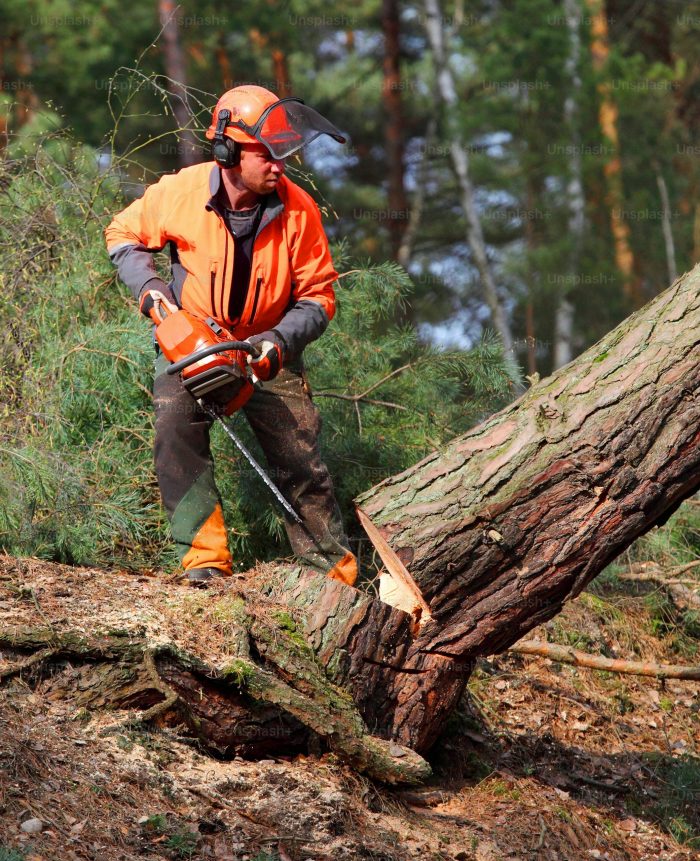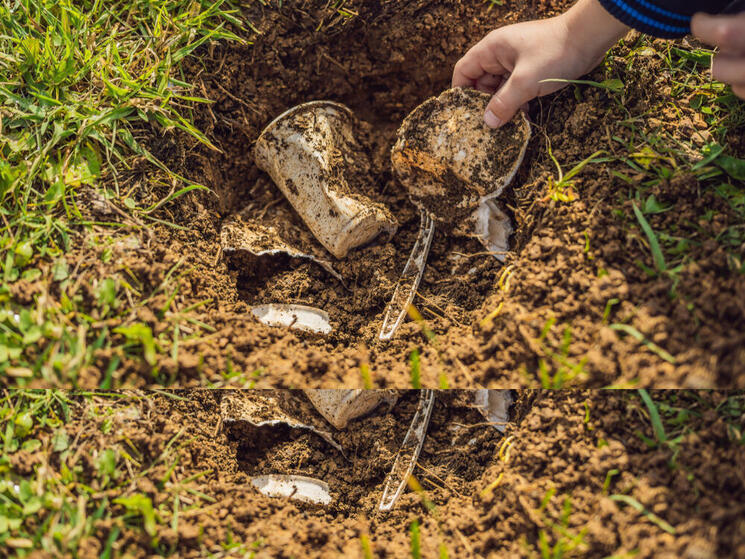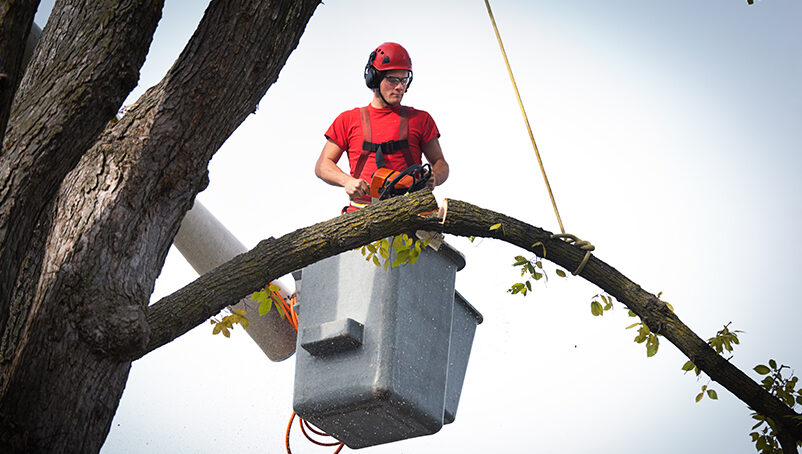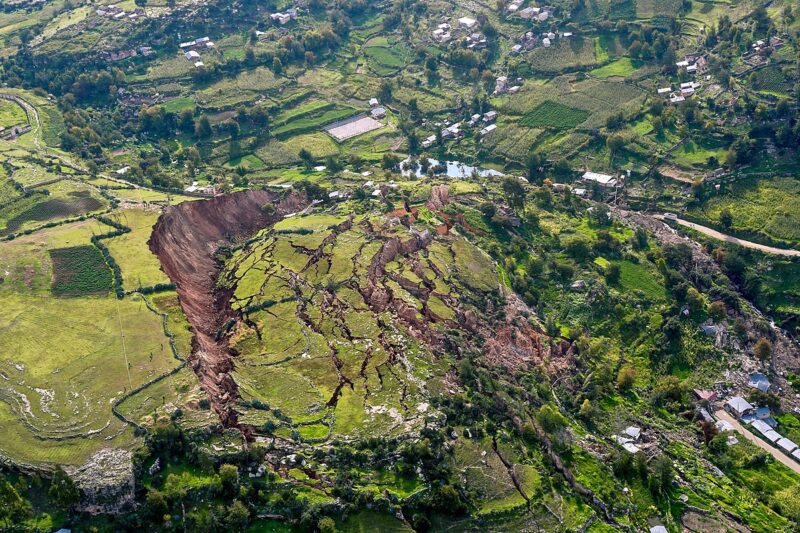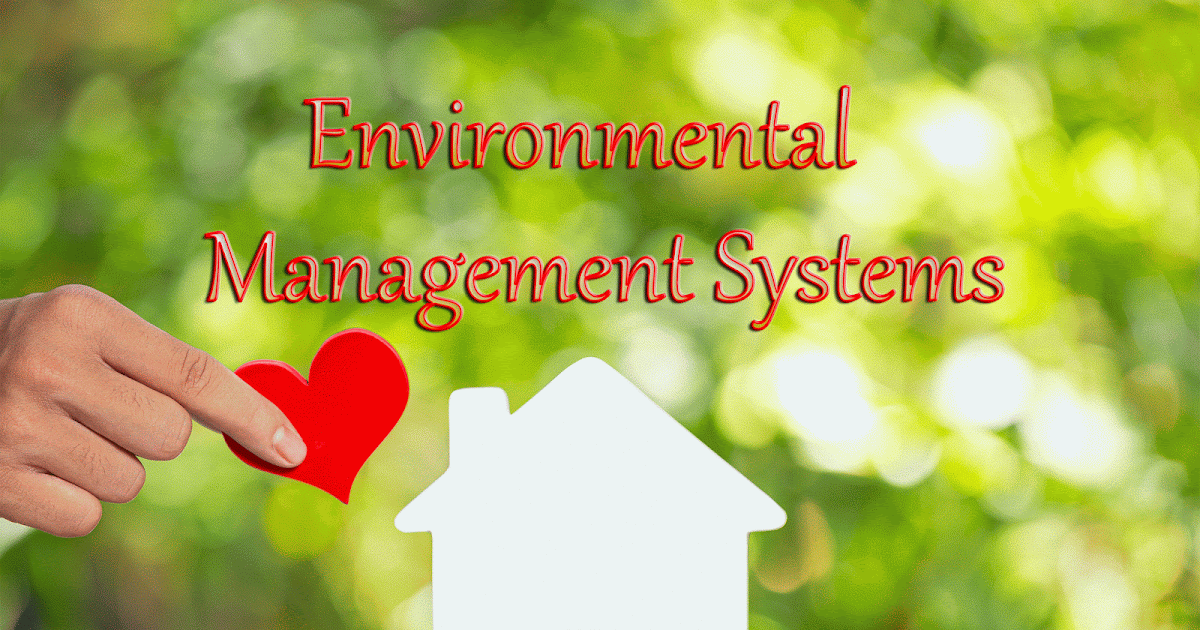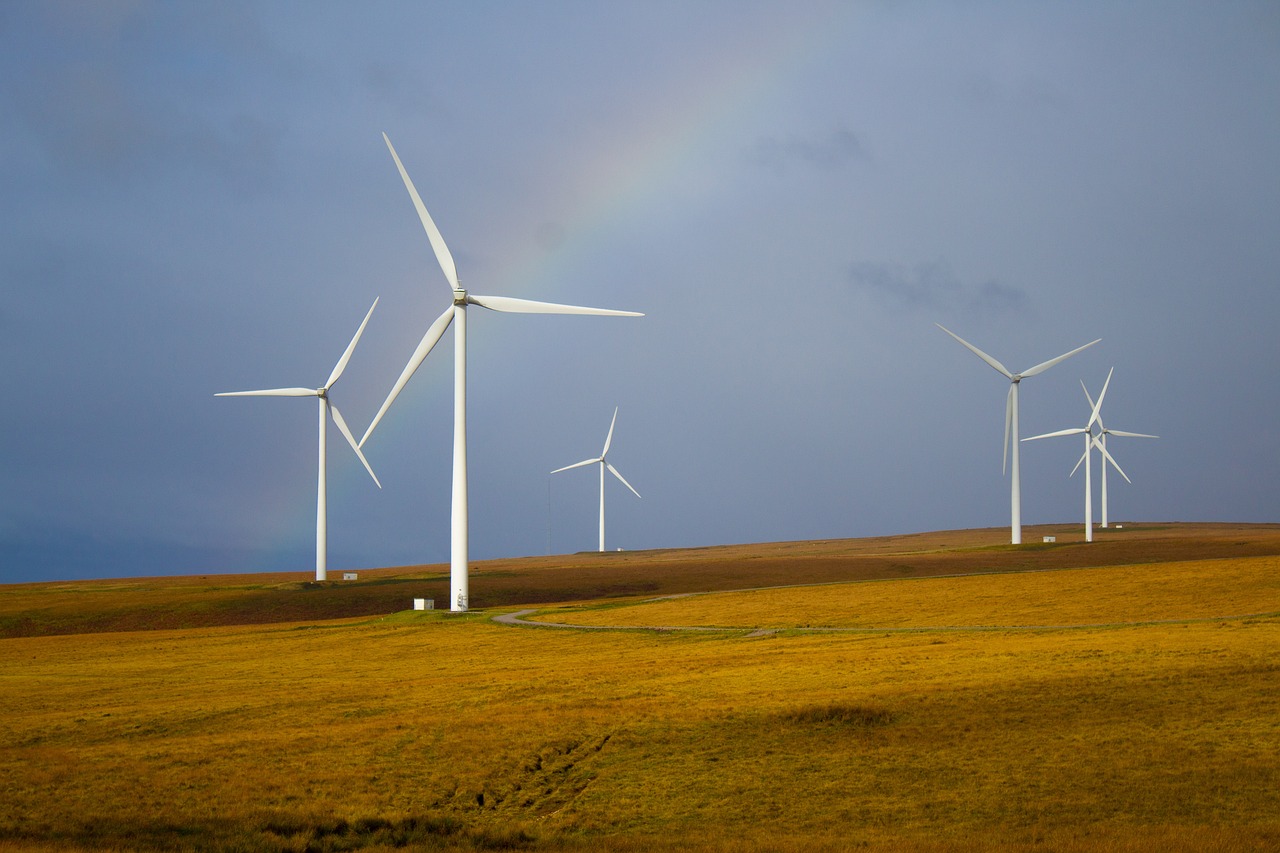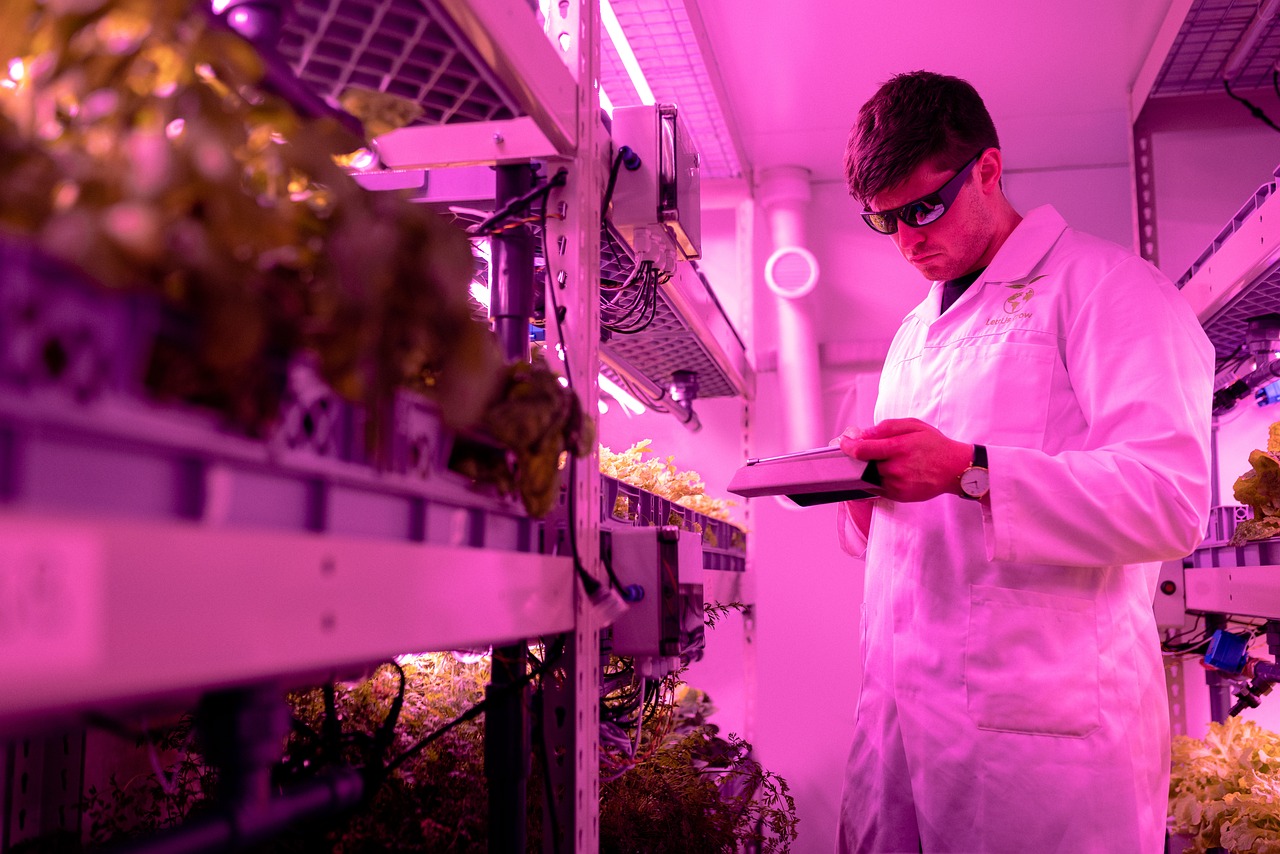In recent years, renewable energy has emerged as a cornerstone in the fight against climate change and the quest for sustainable development. With global energy demands soaring and the adverse effects of fossil fuels becoming increasingly evident, the transition to …
Deforestation and Reforestation
Deforestation and Reforestation: A Comprehensive Overview
What is Deforestation? Deforestation is the clearing of forests for other land uses, such as agriculture, urbanization, or logging. It’s a significant global issue with far-reaching consequences.
Why does Deforestation Occur? The primary drivers …
Top 10 Ways to Reduce Your Carbon Footprint Today
In today’s world, taking small steps to reduce our carbon footprint isn’t just a buzzword—it’s a responsibility we all share. Whether you’re already eco-conscious or just beginning your green journey, there are plenty of ways you can help reduce your …
Is biodegradable and compostable plastic good for the environment its effects
Biodegradable plastic is a type of plastic that can be broken down by microorganisms into natural substances such as water, carbon dioxide, and biomass. Unlike traditional plastic which takes hundreds of years to decompose, biodegradable plastic can decompose in a …
Tree Trimming: Types, Tools, Pruning vs Cutting vs Lopping
Welcome to the Complete Guide to Tree Trimming! Tree trimming is an essential part of tree care that helps maintain the health, safety, and aesthetics of trees. It involves the selective removal of specific branches or parts of a tree …
Landslide Definition: Know about Types, Facts and Causes
What causes a landslide?
Landslide definition: Landslides are caused by disturbances in the natural stability of a slope. They can accompany heavy rains or follow droughts, earthquakes, or volcanic eruptions. Mudslides develop when water rapidly accumulates in the ground and …
Earthquake Seismology
What is an Earthquake
An earthquake is a natural phenomenon that occurs when two blocks of the earth’s crust suddenly slip past each other, releasing energy in the form of seismic waves. Earthquakes can occur anywhere on the planet, but …
Environmental Management System – EMS
What is Environmental Management System (EMS) ?
An Environmental Management System (EMS) is a systematic approach to managing an organization’s interactions with the environment. It is a framework for organizing an organization’s efforts to minimize its impact on the environment …
Wildlife Conservation
Wildlife conservation refers to the practice of protecting wildlife species and their habitats in order to maintain healthy wildlife species also restore, protect or enhance natural ecosystems. Major threats to wildlife include habitat destruction, degradation, fragmentation, overexploitation, poaching, pollution and …
Renewable Energy
What is Renewable Energy?
Renewable energy is energy that is generated from natural resources such as the sun, wind, water, and earth, which are replenished at a faster rate than they are consumed. These energy sources are considered renewable because …
Sustainability
What is Sustainability?
Sustainability is the ability to maintain or preserve something over time. In the context of the environment, sustainability refers to the ability to maintain the natural systems and resources that support life on Earth. This includes ensuring …
Environmental Science
What is environmental science
Environmental science is a branch of science that deals with the study of the environment and the ways in which humans interact with it. It is a multidisciplinary field that encompasses a wide range of subjects, …
